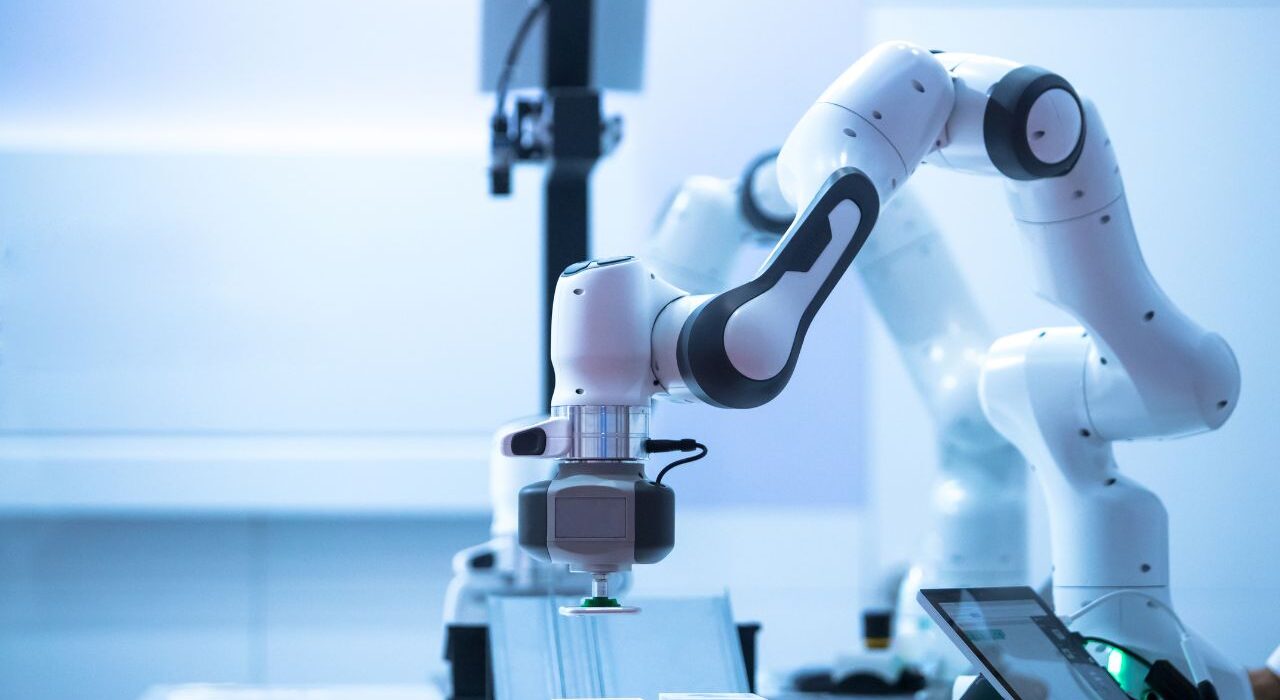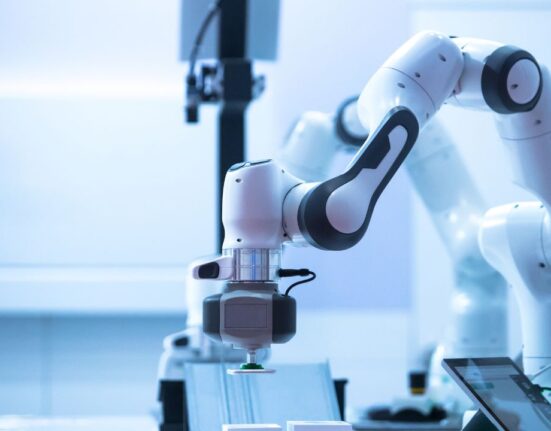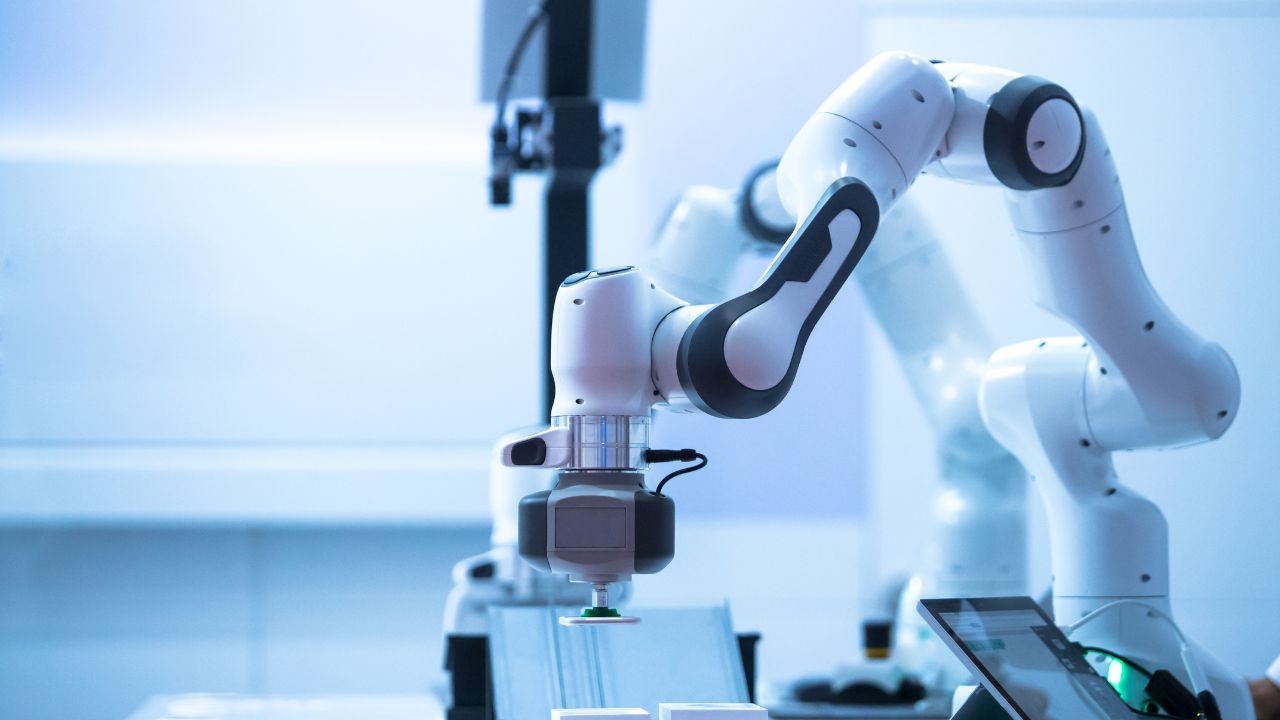Amazon’s latest advances in robotics may feel like science fiction to the average small business owner. With over 750,000 robots working in tandem with employees across its global fulfillment centers, the company is pushing boundaries in automation, artificial intelligence, and operational efficiency. But behind the headlines is a bigger message: robotics isn’t just for tech giants. It’s becoming more accessible—and more necessary—for businesses of all sizes.
Related – Shopify Will Hire AI First, Humans Second. Smart Move.
The Real Power of “Physical AI”
At the heart of Amazon’s robotics strategy is what Joseph Quinlivan, VP of Fulfillment Technology and Robotics, calls “Physical AI”—the integration of artificial intelligence with machines that can see, move, adapt, and collaborate. Amazon isn’t building robots just because it can. It’s building systems that make its operations safer, more efficient, and customer-centric.
These robots aren’t replacing humans—they’re augmenting them. For example, robots handle heavy lifting, long-distance walking, and repetitive tasks, allowing employees to focus on higher-value work. That shift has improved job satisfaction and increased productivity, all while reducing injury risk.
For small businesses, this idea has massive potential. From warehouses to farms to restaurants, industries that rely on repetitive or physical labor are ripe for automation. While the initial cost of robotics can be high, the long-term savings and scalability make the investment increasingly worth it—especially as prices continue to fall.
Robotics for the Rest of Us
Let’s be clear: your small business probably won’t be deploying an army of autonomous robots next week. But robotic solutions are already showing up in smaller, more affordable packages—autonomous vacuum cleaners in hotels, robotic fryers in quick-service restaurants, even inventory-picking bots for e-commerce warehouses.
What’s different now? The technology is maturing. Thanks to companies like Amazon, the development of advanced sensors, smarter algorithms, and adaptable hardware is driving down costs. Just as smartphones and cloud computing revolutionized business operations in the 2010s, robotics is positioned to do the same in this next decade.
Use Cases Small Businesses Should Watch
- Inventory Management – Small warehouses can benefit from automated shelf-scanning drones or robots that move goods from point A to point B, reducing the need for constant manual labor.
- Hospitality – Robots that deliver room service or clean floors can reduce staffing pressure and improve customer experience.
- Manufacturing – Lightweight robotic arms, once too expensive or complex, are now being used in small factories to perform welding, packaging, or inspection tasks.
- Healthcare and Elder Care – Assistive robots are beginning to support nurses or caregivers with tasks like medication delivery and patient mobility.
The key isn’t to automate everything—but to identify where a robot can handle the repetitive so your people can focus on the strategic.
Why Small Business Should Care Now
Even if you’re not ready to invest in robotics today, keeping an eye on the trend is smart business. The cost curve is shifting. Just like 3D printing, CRM software, or even social media marketing, what begins as enterprise tech eventually becomes small business necessity.
Robotics also gives smaller companies a way to compete with bigger players. You might not have Amazon’s budget, but automation can help level the playing field—whether that’s shipping faster, producing at higher quality, or running leaner teams.
Amazon’s Blueprint: Build for Real-World Impact
One of the standout lessons from Amazon’s approach is its obsession with real-world application. Every robot deployed is tested against a simple question: does it make the job easier, safer, faster, or more effective?
That mindset applies to any business innovating with technology. Don’t adopt robotics for the novelty—invest in what solves a problem or improves your workflow. Innovation isn’t about flashy tech; it’s about meaningful results.
Don’t Wait for Perfect
Amazon is already working on what Quinlivan calls its “next moonshot”—robotics powered by generative AI and conversational systems that can understand spoken instructions and adapt in real time. That future is coming faster than most expect.
But for small business owners, the lesson is to begin exploring now. You don’t need cutting-edge tech to start seeing benefits. Even small robotic investments—a conveyor, a robotic shelf-scanner, or an AI-powered scheduling system—can transform operations over time.
Final Word: Robots Won’t Replace You—But They Might Save You
The fear around robots replacing human jobs is understandable. But Amazon’s example shows something different: robots, when used wisely, elevate human work. They make businesses more resilient. They reduce burnout. They create new kinds of jobs—ones focused on maintenance, strategy, and oversight.
For small business owners navigating labor shortages, rising costs, and the pressure to stay competitive, robotics isn’t just a distant future. It’s a strategic edge. And now is the time to learn, test, and get ready. Because what seems futuristic today will be table stakes tomorrow.
Let me be clear, robots will replace workers in some industries. Instead of hiring a dish washer or wood cutter, a business owner might have a robot do the work.











